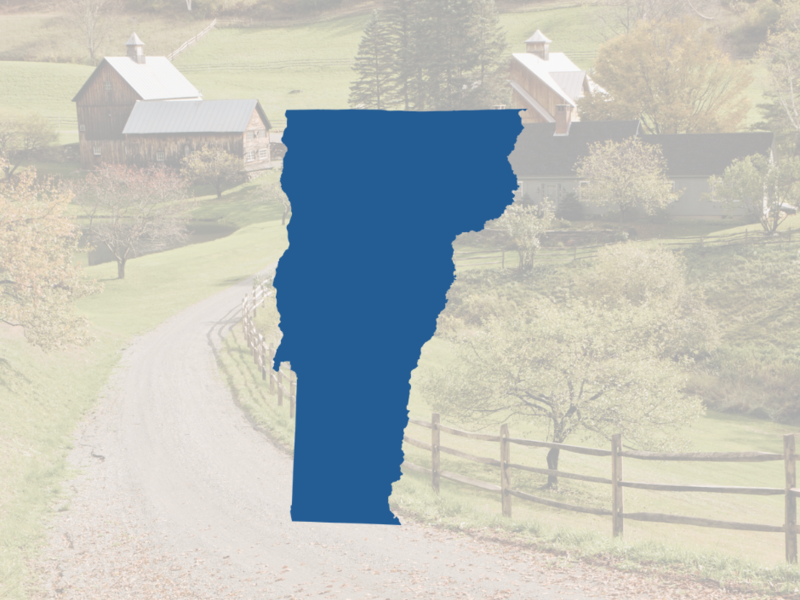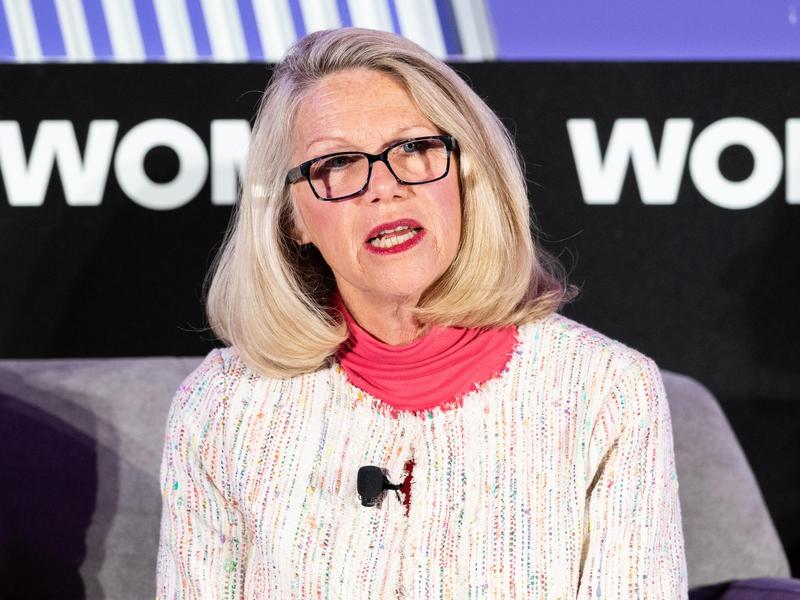
The six-person debate on Wednesday night was the size that the debates should have been from the beginning, not the 20-candidate, two-night abomination we endured last June in Miami.
Watching the scene unfold in Las Vegas, it was also pretty easy to determine which five candidates have been through nine debates during this campaign and which one hadn’t debated in 11 years, since his last reelection campaign in 2009. Michael Bloomberg was on the receiving end of a lot of incoming fire during the debate and his performance was uneven and halting. He’ll have to raise his game for next week’s debate in South Carolina.
That’s one of the problems inherent in a campaign that’s so dependent on television ads: When the candidate has to go live and relatively unscripted, the performance levels often don’t match the carefully crafted commercials. Bloomberg should hope that what happens in Las Vegas stays in Las Vegas. But if the ratings for the debate are any indication, he may have rolled snake eyes. Viewership for the Democratic debates had been steadily declining, from 24 million in the first installment last year to just 11 million for the Feb. 7 debate. But NBC announced Thursday afternoon that the Vegas debate averaged 19.6 million viewers on its channels, with 13.5 million watching online.
If a batter is crowding the plate or showing too much attitude, a pitcher will often give him some chin music, throwing the ball a bit high and inside to back them off. Bloomberg would have been advised to do that. When Joe Biden was lashing Bloomberg for his support of “stop and frisk” policing policies as mayor, Hizzoner should have responded something like: “Well Joe, as you recall when crime was getting out of control, a lot of Americans wanted their elected officials to do something, not just talk about it. Oftentimes we pursued policies that, in retrospect, were too aggressive. How do you feel now about the ‘three strikes’ provision of the your 1994 crime bill? Would you do that again? Probably not. The view is always clearer from the cheap seats.”
Or when Amy Klobuchar repeatedly poked Pete Buttigieg about not being in the arena (read: Washington and Congress), I kept waiting for Buttigieg to respond, “You’re right Amy, when I was serving in Afghanistan, I wasn’t in an arena, I was in a combat zone. Were you?” Opponents need to know that when they come after you, they are going to pay a price.
But it's getting late early in this race. Early voting is well underway in many of the 14 Super Tuesday states. My Cook Political Report colleague Amy Walter cites Paul Mitchell of Political Data Inc. and Redistricting Partners, who says as of Wednesday, more than a million votes had already been cast in California. Mitchell told Amy, “The big deal is that these million early voters won’t have had the benefit of seeing who drops out or who makes a big flub or who wins Nevada or South Carolina.” He continued, “The way I’ve been phrasing it is someone might think they can dive into California after South Carolina, but it could be a very shallow pool after upwards of 40-45 percent of the state’s Democratic primary voters have already returned their ballots. We will see what happens, but if Biden wins South Carolina it is probably happening too late to impact California.”
Buttigieg must be wondering what gives. He actually has a one-delegate lead over Sanders, 21 to 20, after the first two states, yet doesn’t seem to have any momentum.
It’s fun to watch Warren on the stump. She is hardly the hectoring schoolmarm with all of the charm one might expect from a bankruptcy-law professor. She has the best campaign skills of the 28 Democrats who have run this year. But suddenly Warren is having to retool her positioning and messaging, from being the progressive candidate with the more intellectual “I have a plan for that” message, to now being a unifier, a compromise between the angry and baggage-laden Sanders and the rest of the party, offering the progressive Plan B to Bernie’s Plan A.
Establishment Democrats are growing increasingly nervous at the distinct possibility of Sanders rolling up a big delegate lead in the 14 Super Tuesday primaries on March 3. Under Democrats’ proportional allocation of delegates (no winner take all states), while it is hard to build a real lead, it is really, really hard to overtake one.
Which “lane” gets consolidated soonest? Sanders needs Warren to drop out or be effectively marginalized, giving him open field running on the left, while center-left candidates Biden, Bloomberg, Buttigieg, and Klobuchar divvy up their lane. Keep in mind that under the rules, any candidate with less than 15 percent of the vote in a congressional district or state gets no delegates there. Candidates running fourth, fifth, or sixth, occupying space and votes in their lane, but getting no delegates, effectively rob a better-faring candidate in that lane from doing better.
Using the latest RealClearPolitics national averages, the four remaining progressive-lane candidates—Sanders with 29 percent, Warren at 12 percent, and Tom Steyer and Tulsi Gabbard each with 2 percent—together represent 45 percent of the Democratic vote share. Meanwhile, Biden with his 18 percent, Bloomberg at 16 percent, Buttigieg’s 10 percent, and Klobuchar’s 7 percent total 51 percent. The establishment needs to have their herd culled as soon as possible, which was the thrust of a Feb. 17 Bloomberg campaign “State of the Race” memo that suggested he could build a lead of 400 delegates or more coming out of Super Tuesday, with perhaps 720 delegates—if his more centrist rivals dropped out.
While virtually all of the polls show each of the Democrats running ahead of President Trump nationally, the national popular vote and $5 will get you a cup of coffee at Starbucks. In terms of the Electoral College, Democrats have little margin for error.
Another of my colleagues, David Wasserman, estimates that with a Democratic nominee probably carrying California by an even wider margin than four years ago and demographic trends and 2018 results suggesting that Trump will likely win Texas but by a narrower margin than last time, a Democrat may need to win the national popular vote by as many 4 points, perhaps 5 million votes, in order to prevail in the Electoral College. Hillary Clinton’s national margins were 2.1 percentage points and 2.9 million votes.
Right now, there are two plausible scenarios: either Sanders builds an insurmountable lead soon, perhaps on Super Tuesday, or this nomination fight goes the distance with no candidate having a majority after the dust clears after the last primaries on June 2. It’s a bit early to predict a 103-ballot, two-week convention as Democrats suffered through in 1924, but this fight may be heading in a direction that few of us have seen in our lifetimes. My money is still on the latter, but there are a lot of smart people who see Bernie as capable of shutting this down soon.
This story was originally published on nationaljournal.com on February 21, 2020









Subscribe Today
Our subscribers have first access to individual race pages for each House, Senate and Governors race, which will include race ratings (each race is rated on a seven-point scale) and a narrative analysis pertaining to that race.